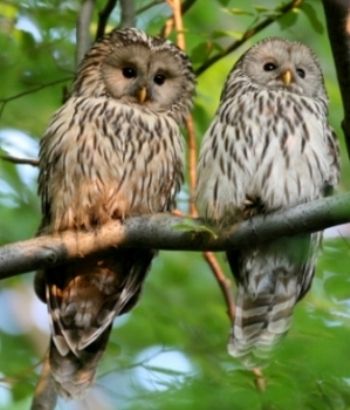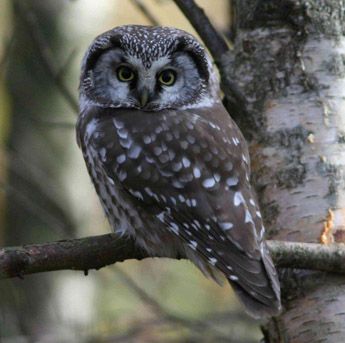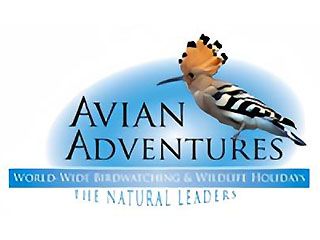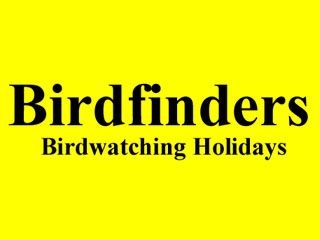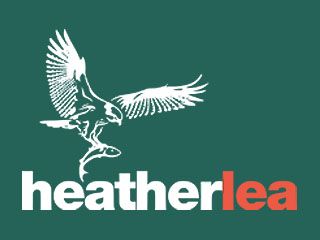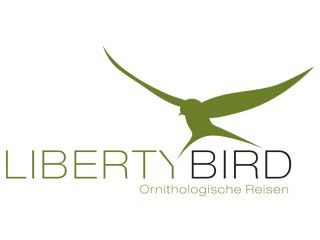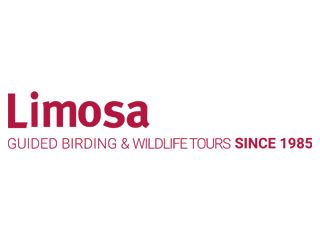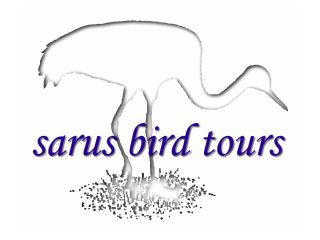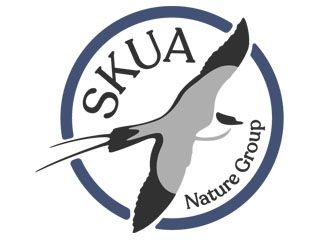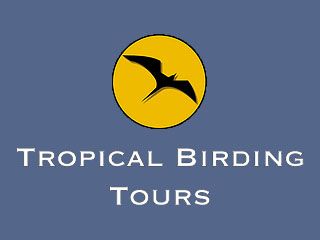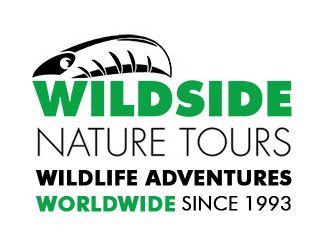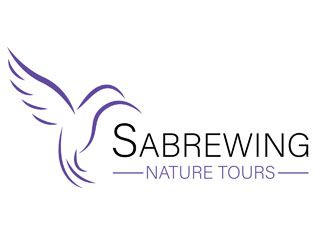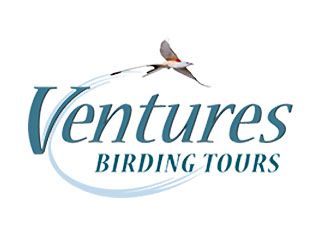Ecotours Worldwide - Stop Dreaming - Start Booking
Owls, Woodpeckers and Bears – Bükk & High Tatras
Hills of Hungary and Slovakia, 9 days
Our unique spring tour offers all European woodpeckers, several sought after Owl species and the possibility to observe Brown Bear in the unspoilt forests of Slovakia.
High Tatras & Slovak Karst, Slovakia
The Tatra Mountains of Slovakia are perfect to observe several highlight species such as Pygmy, Tengmalm's and Eagle Owl, Hazel Grouse, Golden and Lesser Spotted Eagle, Nutcracker, Ring Ouzel, Common Crossbill, Crested Tit, with a little luck even Wallcreeper and other alpine species. The limestone karst region of the Slovak Karst offers an abundance of rare owl species in attractive habitats, as well as interesting butterfly and bat species.
Bükk National Park, Hungary
On the way towards the Bükk Hill we will stop to check out hunting areas of Imperial Eagles and Saker Falcon. both are strictly protected thus having strong populations in the lowland areas. The Bükk Hills is characterized by vast beech woods and open limestone meadows with all the different karst forms produced by erosion such as fissures, sinkholes, underground streams and caverns. It is a perfect area for birding, where raptors soar above the valleys and dense deciduous woodlands provide home for species such as owls, warblers, woodpeckers including Black, White-backed, Grey-headed, Middle Spotted & Syrian.
There is a very strong population of Ural Owls and we know a few places where we should look for them. There is a small chance for finding Eagle Owl as well.
Fact File
- 9 days in Slovakia and Hungary visiting national parks famous for rare birds and mammals
- optional tour to the alpine zone of the Tatras, optional participation in catching bats
- start and finish in Budapest
- using 3 accommodations located close to the sites
Highlights
- visiting famous National Parks such as High Tatras and Slovak Karst plus Bukk Hills in 2 countries
- wide variety of birds, mammals, butterflies and habitats
- plenty of raptors, owls, all 10 woodpeckers of Europe
- bear watching from comfortable and scenically located hides
- unique scenery of the High Tatras and the Slovakian Karst, dense beech woods in Bukk Hills
Accommodation
- 3 nights in a lakeside hotel in the High Tatras NP
- 3 nights in the Slovakian Karst NP region
- 2 nights in a small family run hotel in the Bukk NP, Hungary
Price
www.ecotours-worldwide.com/dates-prices
Ask for the actual price.
Our price includes:
- all travel as noted in the itinerary;
- all accommodation based on shared rooms (most rooms are twin bedded), at most locations there are single rooms as well for extra charge (Please ask for a single room at the time of booking!);
- 3 meals per day, generally breakfast at the accommodation, packed lunch, dinner (consists of at least two courses);
- services of the leader(s);
- trip materials.
Not included:
- flights to and from Budapest;
- optional programmes to places of interest and entrance fees involved;
- airport and other departure taxes, tips;
- food beyond generally 3 meals/day mentioned in the itineraries;
- excess baggage charges;
- telephone calls;
- alcoholic beverages;
- compulsory personal insurance.
If you have questions about the inclusion of any cost item, please contact us.
Activity level
- Generally easy to moderate walks, some steep slopes in the Tatras
- Longer driving distances on the third and last day
- Weather can be cold in the higher regions while generally favourable at lower elevations
Optional programmes
- cable car to the higher region to look for alpine species
- second evening bear watching from the hide
- participation in the capturing of bats at one of the best places for bats in Europe
Itinerary

Days 1-3
After arriving at the Budapest Airport we head towards the High Tatra Mountains. It is a long journey which we will brake at suitable places to look for raptors and woodland species. Route and stops will dpend on your arrival time.
Two days will be spen in the forest to search several different Woodpecker species, including Three-toed and White-backed Woodpecker. We will also look for Pygmy and Tengmalm’s Owl, Nutcracker, Ring Ouzel and Common Crossbill.
As an optional extra, weather permitting, we can take a chairlift from the rocky Demanovska Valley to the scenic alpine zone, hoping to see Water Pipit and the tame Alpine Accentor.
Days 4-6
We will travel to and spend some days with visiting different parts of the Slovak Karst for Red-breasted and Collared Flycatcher, Rock Thrush, Rock Bunting, White-backed Woodpecker and Eagle Owl; and also the nearby Szepes-Gömör Mountains for Pygmy and Tengmalm’s Owl, Hazel Grouse and Three-toed Woodpecker. These woods also hold a healthy population of woodpeckers and other forest birds.
Days 7-8
We travel towards Hungary birding en route, looking for Imperial Eagle and other raptors.
In the Bukk Hills the surrounding of our accommodation is a good place to search for Middle-spotted and Syrian Woodpecker in the orchards of the village where Wryneck, Hawfinch and Golden Oriole is also possible. We visit the entrance of a valley where several pairs of Rock Bunting breed in an abandoned quarry. We enter the old beech forests of the hill searching for Grey-headed, Black and the elusive White-backed Woodpecker. The wet mountain meadows hold Corncrake, River Warbler and the dry scrub is inhabited by Barred Warbler. From mid May several pairs of Red-breasted Flycatcher are found here, but Collared Flycatcher and Wood Warbler is singing from earlier on. We should spend some time to try to see Ural Owl at an appropriate habitat, we always know some active nesting and feeding areas. Here in the Bukk Hills we often see Goshawk and Lesser Spotted Eagle too.
Day 9
We travel back to Budapest to catch the flight back home, birding en route, stopping at a Saker Falcon hunting area, Rollers also should be around.

Contact
Phone: Call May-October; Text all year
+36 30-645-9318 or +36 30-211-0006
Call Nov-April: +506 84961012 or 84961417
e-mails:
ecotoursgabororban @ gmail.com
toucanbirdingecolodge @ gmail.com
Our mission
Our first priority is to save habitats & species.
Secondly we would like to share our knowledge of wildlife and encourage you to participate directly or indirectly in protecting nature.
We are also working continuously on our carbon balance with developing our 23 hectares of wildlife reserve.


